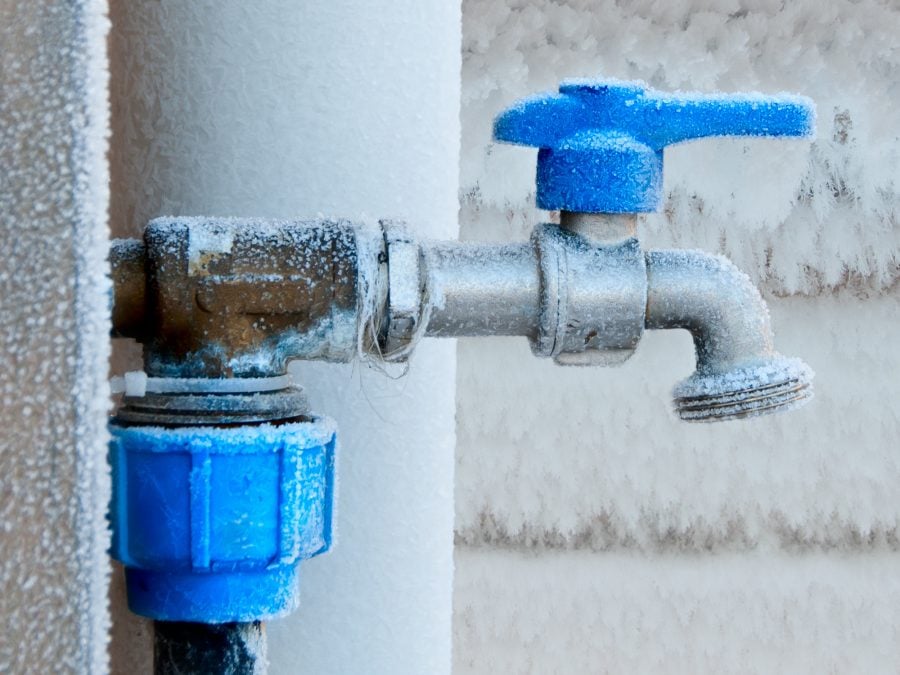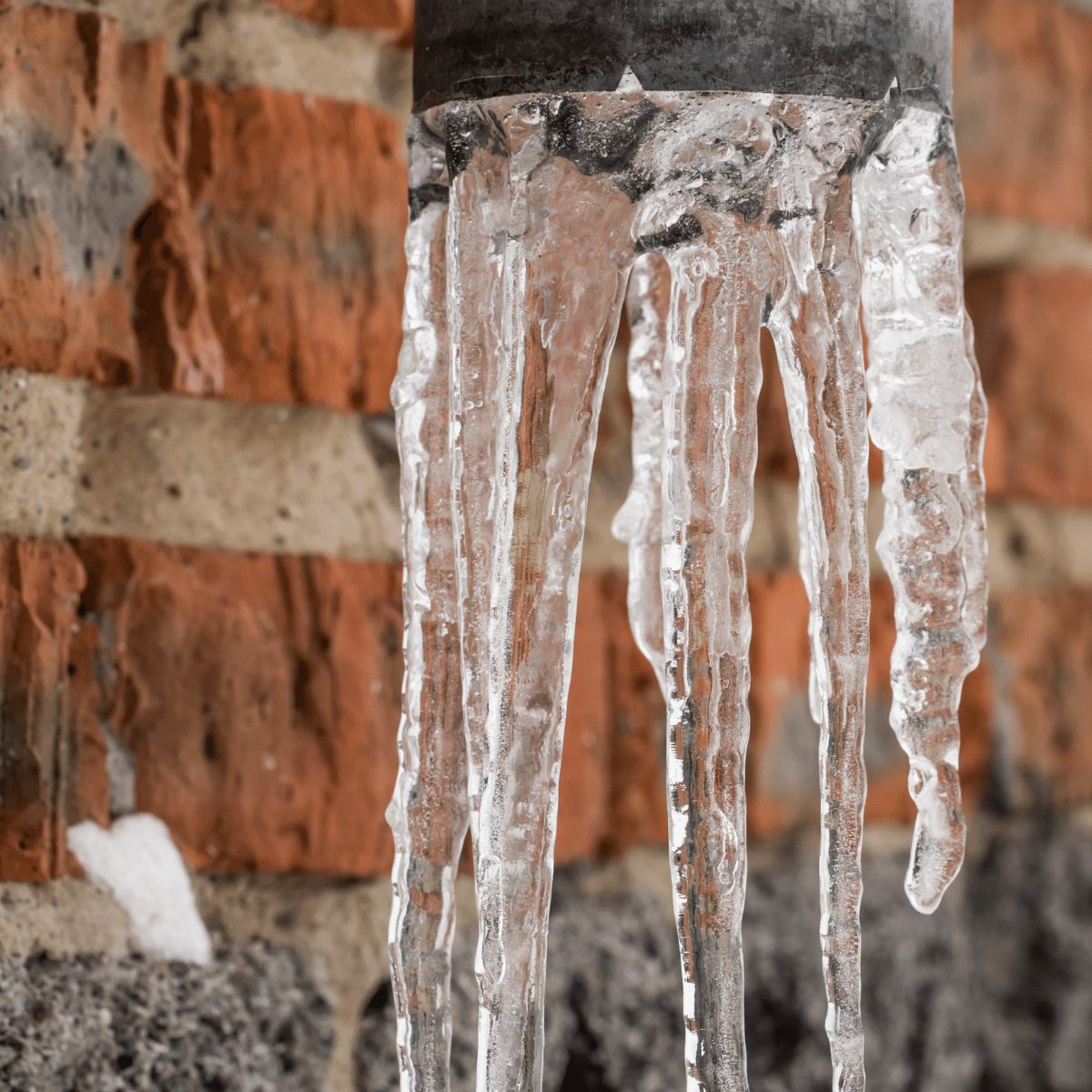Tips to Protect Pipes from Freezing: Specialist Guidance
Tips to Protect Pipes from Freezing: Specialist Guidance
Blog Article
Just how do you really feel about Helpful Tips to Prevent Frozen Pipes this Winter?

Cold weather can wreak havoc on your plumbing, particularly by freezing pipes. Below's exactly how to prevent it from taking place and what to do if it does.
Introduction
As temperature levels decline, the threat of icy pipelines rises, possibly causing pricey fixings and water damages. Recognizing exactly how to avoid frozen pipes is vital for property owners in cold environments.
Avoidance Tips
Protecting vulnerable pipelines
Cover pipelines in insulation sleeves or utilize heat tape to shield them from freezing temperature levels. Focus on pipes in unheated or outside areas of the home.
Home heating strategies
Keep interior areas sufficiently heated up, particularly locations with plumbing. Open closet doors to permit cozy air to distribute around pipes under sinks.
Exactly how to determine frozen pipelines
Look for lowered water circulation from taps, uncommon smells or noises from pipelines, and visible frost on revealed pipes.
Long-Term Solutions
Architectural modifications
Take into consideration rerouting pipelines far from exterior walls or unheated areas. Include additional insulation to attic rooms, basements, and crawl spaces.
Updating insulation
Purchase top quality insulation for pipelines, attics, and walls. Appropriate insulation helps preserve consistent temperature levels and lowers the danger of icy pipes.
Securing Exterior Plumbing
Garden hoses and outside taps
Separate and drain pipes yard hoses prior to winter. Install frost-proof faucets or cover exterior faucets with protected caps.
Recognizing Frozen Pipelines
What creates pipelines to ice up?
Pipes ice up when exposed to temperature levels below 32 ° F (0 ° C) for prolonged durations. As water inside the pipelines freezes, it expands, putting pressure on the pipeline wall surfaces and possibly creating them to rupture.
Dangers and problems
Icy pipes can cause water disruptions, property damages, and costly fixings. Burst pipelines can flooding homes and create comprehensive architectural damage.
Indicators of Frozen Pipes
Identifying frozen pipes early can stop them from bursting.
What to Do If Your Pipelines Freeze
Immediate activities to take
If you believe icy pipelines, maintain taps open up to soothe stress as the ice thaws. Make use of a hairdryer or towels taken in hot water to thaw pipelines gradually.
Conclusion
Avoiding frozen pipes calls for proactive actions and fast responses. By recognizing the causes, signs, and preventive measures, home owners can secure their pipes during winter.
6 Proven Ways to Prevent Frozen Pipes and Protect Your Home
Disconnect and Drain Garden Hoses
Before winter arrives, start by disconnecting your garden hoses and draining any remaining water. Close the shut-off valves that supply outdoor hose bibs and leave the outdoor faucet open to allow any residual water to drain. For extra protection, consider using faucet covers throughout the colder months. It’s also important to drain water from any sprinkler supply lines following the manufacturer’s directions.
Insulate Exposed Pipes
Insulating your pipes is an effective way to prevent freezing. Pipe insulation is readily available at home improvement stores and is relatively inexpensive. Pay close attention to pipes in unheated areas such as the attic, basement, crawl spaces, or garage. Apply foam insulation generously to create a buffer against the cold. You can also wrap your pipes in heat tape or thermostat-controlled heat cables for added warmth.
Seal Air Leaks
Inspect your home for any cracks or openings that could let in cold air. Seal any holes around the piping in interior or exterior walls, as well as the sill plates where your home rests on its foundation. Additionally, make sure to keep your garage door closed unless you’re entering or exiting. Leaving it open creates a significant air leak that can lead to frozen pipes.
Allow Warm Air Circulation
During cold snaps, it’s essential to allow warm air to circulate evenly throughout your home. Leave interior doors ajar to promote better airflow. Open kitchen and bathroom cabinets to help distribute heat consistently around the rooms. If you have small children or pets, be sure to remove any household chemicals or potentially harmful cleaners from open cabinets for safety.
Let Faucets Drip
A small trickle of water can make a big difference in preventing ice formation inside your pipes. When temperatures drop significantly, start a drip of water from all faucets served by exposed pipes. This continuous flow helps prevent the water from freezing. Additionally, running a few faucets slightly can relieve pressure inside the pipes, reducing the chances of a rupture if the water inside does freeze.
https://choateshvac.com/6-proven-ways-to-prevent-frozen-pipes-and-protect-your-home/

We were shown that editorial on Preventing and dealing with frozen pipes through a friend on a different website. Do you know about another person who is fascinated by the niche? Please feel free to share it. Thank you for your time. Don't forget to check up our website back soon.
This Website Report this page